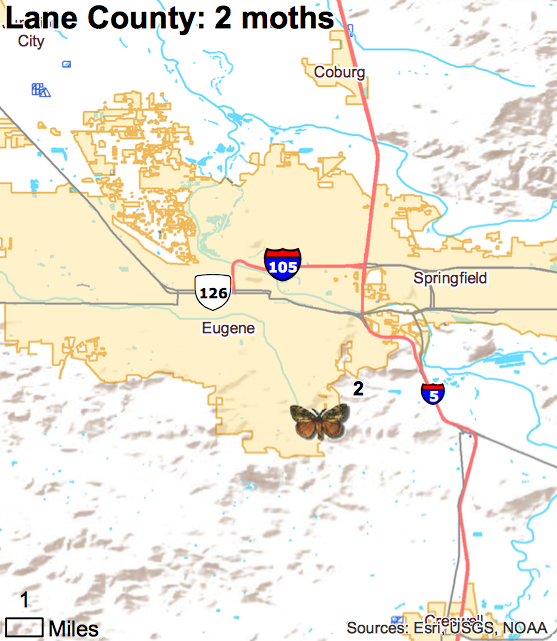2017 Gypsy Moth Activity Report from Oregon Department of Agriculture
/The Oregon Department of Agriculture recently released their 2017 Gypsy Moth Activity Report. 15,135 traps placed throughout the state in 2017 resulted in a total of eleven gypsy moths being caught in Portland, Corvallis, Philomath, Eugene, and Cave Junction. No moths were detected from old sites, including Grants Pass where gypsy moths were trapped four years in a row (2013 - 2016), or in the Asian gypsy moth eradication area in Portland where over 8,000 acres were treated by air in the spring of 2016.
AGM populations from Asia and the Russian Far East continue to pose a threat to the US and to Oregon. International trade and commerce activities increase the likelihood of new introductions. Photo: ODA.
The four maps (above) show locations where gypsy moths were detected in 2017. Delimitation trapping will be conducted in 2018 at all sites where gypsy moths were caught in 2017, as well as 2018.















